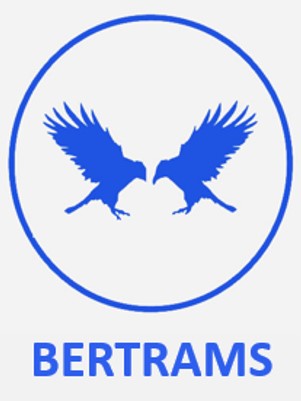Preparing the Transformation through a Truth-Speaking Environment
Our implementation approach of S&OP and IBP recognizes the creation of psychologically safe “TEAM-FRAMES”, where you can discuss priorities, conflicts, and departmental targets openly without fear of retribution.
- However, even when consultants like us design such spaces, they are also affecting your processes and your communication.
- Teams are comparing themselves with other teams and often see struggling as a mistake not as a learning process for their global team development and further growth opportunities.
WHY? – Resistance to change is a deeply rooted, psychologically protective mechanism in humans, serving a reasonable purpose by safeguarding individuals from adapting too rapidly to uncertain and technologically overwhelming AI environments. Many Software-tools – likely those rapidly integrated – lack human-centric psychological safety frameworks, leading to heightened anxiety or frustartions and finally an emotional exhaustion among users. This resistance is further amplified when basic rules of communication, such as “seek first to understand, then to be understood,” are bypassed in favor of immediate control and integration, undermining trust and slowing user adoptions.”
Conflict explanations:
- A conflict against the inherent Cultural DNA and Change Memory
- Over the years, your teams have hard‑wired their local ways of working into their organizational footprint — shaped by national culture, regional processes, and lessons from competing with other teams in their specific market.
- When these teams will be confronted with a new ERP system or other external tool and framework, those ingrained habits and assumptions clash with the new setup only, when we do not take the time to “understand, before we will be understood”.
- A conflict in Performance Pressure vs. Learning for growth Orientation
- We often approach processes and Software implementations with a certain performance pressure first (profit, operations excellence, revenue ratings etc) rather than a new learning orientation and the possibility for teams to turn challenges into success games.
- No wonder, that such a pressure-environment stops its developing itself by creating teams which do not comply with the process before being allowed to truly and fully understand it.
What if we would approch it with a new learning orientation and the possibility for teams to turn challenges into success games?
How inherent patterns will lead to your Transformation from within:
- What if the Commitment to Learning is present?
- Your regional teams will then immediately recognize that any process or Software implementation becomes a fundament for a new learning journey rather than solely a technical implementation. Senior management actively participates in the learning process rather than delegating it to operational teams.
- Or iterative development is allowed?
- Implementing Processes and Software in a “step-by-step” iterative learning approach will then truly empower your teams to drive continuous, incremental improvement by systematically reflecting on their environment and prioritizing critical resources, understanding from within that any reasonable resource-allocation from within is not only needed, but required to achieve the best possible solution.
- Regular monthly reviews foster proactive decision-making and resource allocation, while exceptions (pandemic situations or financial crisis situations in 2007/2008) – require immediate, flexible weekly adaptations.
- The Teams will soon agree to these points, driving continuous improvement and helping each other and their own organization to evolve.
- Implementing Processes and Software in a “step-by-step” iterative learning approach will then truly empower your teams to drive continuous, incremental improvement by systematically reflecting on their environment and prioritizing critical resources, understanding from within that any reasonable resource-allocation from within is not only needed, but required to achieve the best possible solution.
- Investment in Psychological Safety
- Cross-Functional Collaboration Orientation
The ultimate realization for client’s might be, that S&OP/IBP implementation is not the perfect execution of predetermined methods, but about building organizational capacity for ongoing learning, adaptation, and truth-speaking. When this understanding takes hold, you and your organization will be enabled to create a bold relationship experience and growth through transformation.
